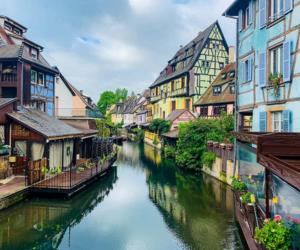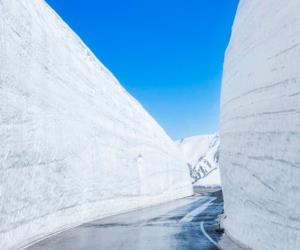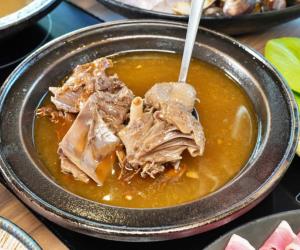The Everest Three High Pass Trek is one of the most adventurous and challenging treks in the Everest region of Nepal. This trek takes you through three high mountain passes—Kongma La (5,535 m), Cho La (5,420 m), and Renjo La (5,360 m)—and offers breathtaking views of some of the highest peaks in the world, including Mount Everest, Lhotse, Nuptse, Ama Dablam, and Makalu. It’s a complete circuit that connects the famous Everest Base Camp route with remote valleys and quiet trails, making it perfect for trekkers who want more than just a regular Everest trek.
文章重點
Why This Trek Is Special
Unlike the standard Everest Base Camp route, the Three Passes Trek gives you a full experience of the Everest region. It takes you to less-visited parts of the Khumbu, where you can walk on peaceful trails, cross glaciers, and reach high-altitude mountain passes that few people see. Along the way, you’ll pass through traditional Sherpa villages, meet friendly locals, and visit ancient monasteries. Each day brings new views, new challenges, and a deeper connection with the mountains.
The Route and Highlights of the Trek
Most trekkers begin the journey by flying from Kathmandu to Lukla, a small mountain airstrip at 2,840 meters. From there, the trail goes through popular places like Phakding, Namche Bazaar, and Tengboche before heading toward the first pass—Kongma La. After crossing it, you’ll reach Everest Base Camp and then head over Cho La pass to Gokyo Valley, known for its beautiful lakes. The final pass, Renjo La, offers one of the best panoramic views in the region before you return to Namche and then to Lukla.
Difficulty and Altitude Challenges
The Everest Three High Pass Trek is considered very difficult because of the high altitudes, steep climbs, and long walking days. The passes are all above 5,000 meters, and the air becomes very thin at those heights. Trekkers need to be physically fit and mentally prepared for tough conditions. Acclimatization is very important. Spending extra days at places like Namche Bazaar and Dingboche helps your body adjust to the altitude and reduces the risk of altitude sickness.
Best Time to Do the Trek
The best seasons for the Everest Three High Pass Trek are spring (March to May) and autumn (September to November). These months have the clearest skies, stable weather, and the best mountain views. In spring, rhododendrons bloom along the lower trails, while autumn brings cool air and sharp visibility. Winter treks are possible but much colder, and snow can block the passes. Monsoon season is not recommended due to heavy rain and cloudy views.
What to Expect During the Trek
You’ll walk for about 6 to 8 hours a day, depending on the trail and weather. Nights are spent in teahouses—simple lodges that offer warm meals and a bed. The food is basic but fresh, with common dishes like dal bhat, soup, noodles, and pancakes. You’ll need to carry proper gear, including warm clothing, trekking boots, and a sleeping bag, especially for the cold nights at high altitude.
Final Thoughts on the Trek
The Everest Three High Pass Trek is for those who want a real mountain adventure. It’s not easy, but the rewards are huge—unforgettable views, quiet trails, and a deep sense of achievement. If you’re ready for a challenge and want to explore more than just Everest Base Camp, this trek offers one of the best experiences in the Himalayas.





